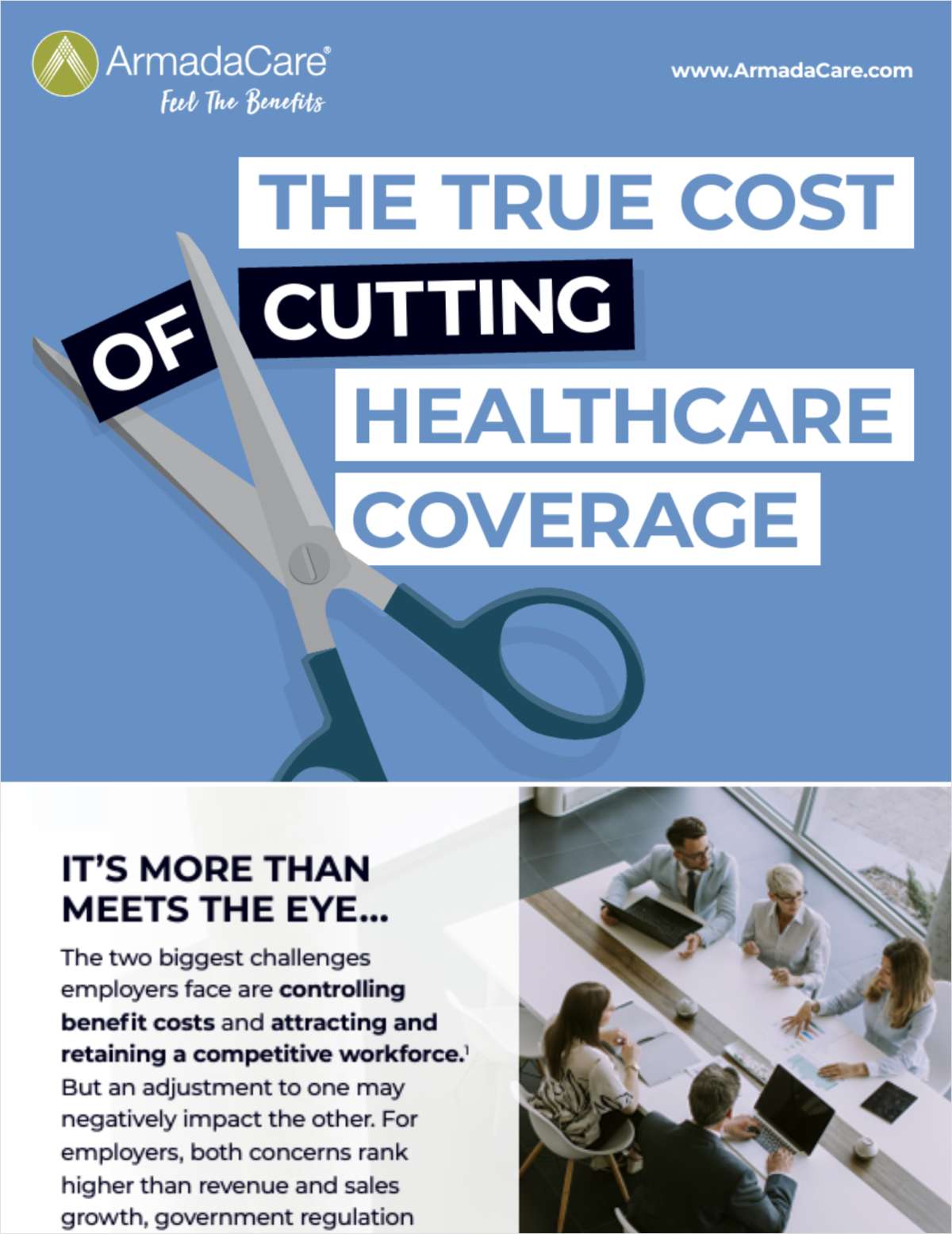 2022 can be described as the year of the employee, as workers resigned in droves across industries and employers struggled to fill the vacancies left behind. While August saw a drop in job openings, data for September demonstrated almost half a million new openings, bringing the total number of available jobs to 10.7 million. Today's job seekers are more selective than ever, and questions over whether an employer will pay them fairly or not play a larger role in determining where they want to work. In fact, our 2022 Compensation and Culture Report finds that 24% of respondents believe companies are intentionally secretive in disclosing employee compensation. This can lead to a general suspicion that opaque organizations are harboring significant gender, racial and other demographic pay gaps, turning away prospective and diminishing the morale of current employees.
2022 can be described as the year of the employee, as workers resigned in droves across industries and employers struggled to fill the vacancies left behind. While August saw a drop in job openings, data for September demonstrated almost half a million new openings, bringing the total number of available jobs to 10.7 million. Today's job seekers are more selective than ever, and questions over whether an employer will pay them fairly or not play a larger role in determining where they want to work. In fact, our 2022 Compensation and Culture Report finds that 24% of respondents believe companies are intentionally secretive in disclosing employee compensation. This can lead to a general suspicion that opaque organizations are harboring significant gender, racial and other demographic pay gaps, turning away prospective and diminishing the morale of current employees.
Business leaders recognize the detriments of potential pay gaps, as the Harvard Business Review's recent pay equity survey finds that 3 in 4 executives consider pay equity a strategic priority. However, half of the employers surveyed admitted their organization has yet to establish a pay equity initiative, and 24% of employee respondents were unaware if their organization had a plan in place to curb compensation inequities. Longstanding inequities are impossible to tackle overnight, and establishing an effective pay equity initiative comes with striking the right balance between striving for significant change and setting attainable goals. In this article, we'll explore key considerations and best practices for leaders to establish a comprehensive pay equity program that can create real change.
Use data to identify the problems
Establishing a pay equity program can be a daunting task, with a risk that the initiative is either not ambitious enough or overpromises benchmarks that are unattainable (especially in a tough economy). Additionally, many organizations have longstanding pay gaps that stretch back generations, and it can be difficult to identify how to make up for the past. The best way to gain that understanding is to conduct a comprehensive analysis of an organization's compensation data.
Continue Reading for Free
Register and gain access to:
- Breaking benefits news and analysis, on-site and via our newsletters and custom alerts
- Educational webcasts, white papers, and ebooks from industry thought leaders
- Critical converage of the property casualty insurance and financial advisory markets on our other ALM sites, PropertyCasualty360 and ThinkAdvisor
Already have an account? Sign In Now
© 2024 ALM Global, LLC, All Rights Reserved. Request academic re-use from www.copyright.com. All other uses, submit a request to [email protected]. For more information visit Asset & Logo Licensing.








